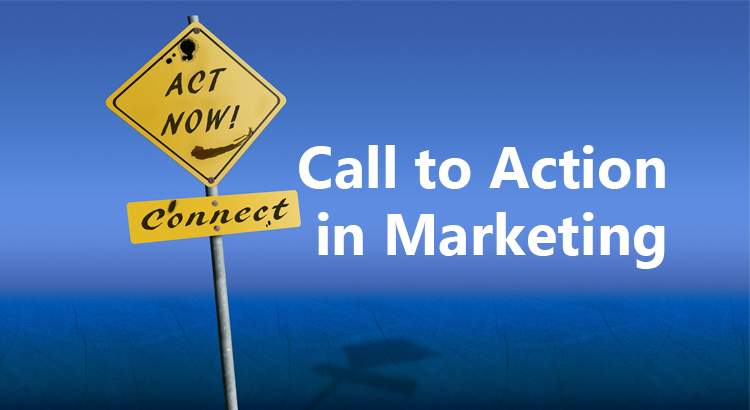The call to action (CTA) appears like a beacon that directs customers towards the goal. This article explores the intricacies of call to action in marketing, and the reasons that make them the key to converting potential customers into loyal clients.
What Is Call to Action in Digital Marketing?
A call to action, commonly known as CTA, is a pivotal element in marketing messages. Whether presented as plain text or clickable links within buttons, CTAs instruct the target audience on the next steps to take.
From ordering a product and setting an appointment to subscribing to an email list, CTAs serve as the final nudge that propels consumers towards a desired action.
What Is the Purpose of a Call to Action in Advertising?
1. Encouraging Deliberate Action
CTAs serve as persuasive invitations, motivating the audience to take intentional and specific actions. Whether it’s making a purchase, subscribing, or sharing content, CTAs guide the audience towards decisive engagement.
2. Instant Contact Information Collection
An effective CTA facilitates the immediate acquisition of valuable contact information from the audience. This direct engagement allows businesses to swiftly add interested individuals to their marketing funnel, initiating further communication and relationship-building.
3. Integration with Marketing Funnel
CTAs seamlessly integrate with the marketing funnel, enabling a smooth transition from initial interaction to ongoing engagement. By prompting immediate action, CTAs play a crucial role in moving potential leads through various stages of the marketing process.
4. Goal Alignment
CTAs align with specific marketing objectives, whether it’s driving sales, increasing brand awareness, or expanding the customer base. By providing a clear and actionable pathway, CTAs contribute to the fulfillment of these objectives.
How to Write a Call to Action?
1. Use a Strong Verb to Start Your CTA
Ensure your CTAs kick off with commanding verbs based on your business type, directing your audience clearly. For an ecommerce site, consider “buy” or “order,” while a service-based business may benefit from “call now” or “book your appointment.”
2. Include Words that Provoke Emotion or Enthusiasm
Evoke a response with emotional CTAs. For instance, craft phrases like “plan your dream vacation today!” to ignite enthusiasm. Use punctuation, particularly exclamation points, to amplify excitement and make your CTAs stand out.
3. Give Your Audience a Reason to Act
Connect your CTA to tangible benefits, answering the “what’s in it for them” question. For instance, “call us to start saving money today!” combines a clear action (call) with a compelling reason (save money).
4. Take Advantage of FOMO
Employ the Fear of Missing Out (FOMO) to drive urgency. Highlight limited-time sales or promotions, compelling users to act swiftly. Phrases like “Shop today! Sale ends on Monday” leverage time-sensitive situations, fostering a sense of urgency.
5. Match CTA to Device Type
Customize CTAs based on the device used. For desktop or tablet users, consider “learn more” or “shop now,” while mobile users may respond better to phone call-centric CTAs like “call now to get started.”
6. A/B Test Your CTAs
Experiment with various CTAs through A/B testing to identify what resonates best with your audience. Test creative options against tried-and-true CTAs, adapting your approach based on real-time performance data.
7. Add Numbers When Possible
Incorporate numerical information, such as pricing, discounts, or promotions, to enhance consumer response. For instance, a CTA like “Shop today for TVs under $300!” not only communicates pricing but also taps into the FOMO element.
8. Be Bold in Your CTA Copy
Inject boldness into your CTAs, sparingly using attention-grabbing language. For instance, a weight loss CTA like “end your crappy diet today” may stand out, while a lawn care CTA like “your yard sucks, let us fix it” combines humor with a direct call to action.
Call to Action Examples
Here are some CTA examples tailored to different scenarios:
1. Ecommerce:
- Buy
- Shop
- Order
- Reserve
- Save
- Add to Cart
- Pick
- View
2. SaaS Conversion:
- Try
- Get Started
- Subscribe
- Sign Up
3. Non-profit Conversion:
- Donate
- Commit
- Volunteer
- Adopt
- Give
- Support
4. Newsletter or Community:
- Subscribe
- Join
- Sign Up
- Refer
5. Freebie Giveaway:
- Download
- Get
- Grab
- Claim
- Take Advantage Of
6. General:
- Learn More
- See More
- See How
- Start
- Find Out
- Check It Out
- Click Here
- Continue
- Swipe Up
Conclusion of Call to Action in Marketing
A call to action is an important part of digital marketing, steering potential customers towards meaningful interactions with a brand. It serves as a critical tool in generating business and fostering customer engagement.


